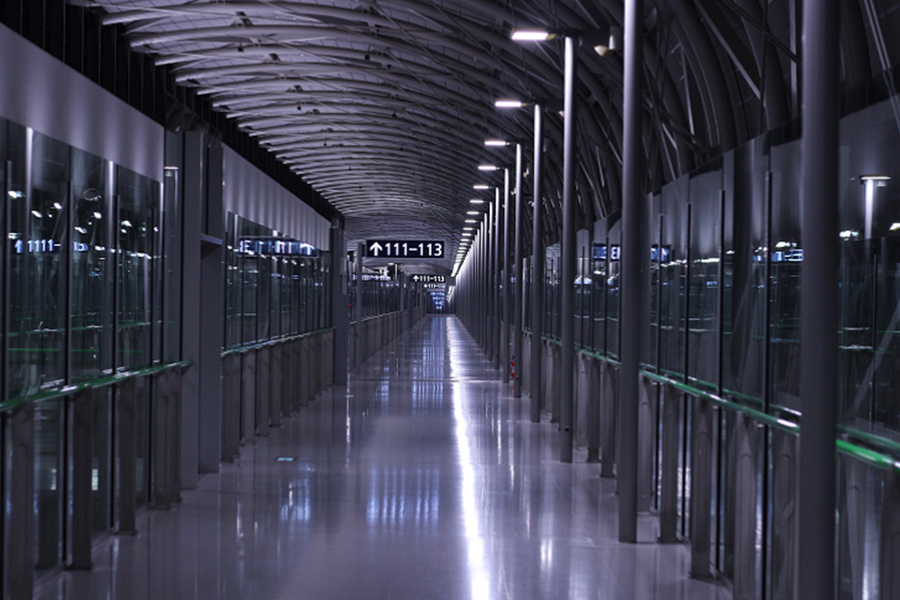Data centres are the backbone of our digital world, but they have one nemesis—heat. Servers running at full speed generate enormous amounts of it, and without proper cooling, downtime or equipment damage is inevitable. Enter two big players: the CRAH (Computer Room Air Handler) system and the liquid cooling system. While both keep temperatures in check, they differ in methods, efficiency, and long-term impact. In this article, we’ll unpack the essentials with a practical list, explore the game-changers transforming the industry, provide a comprehensive guide to choosing systems, and weigh the cost against value.
Cooling Essentials You Can’t Ignore
When it comes to precision cooling, a few essentials always stand out:
First, airflow. A CRAH unit works by circulating cold air through raised floors or ducting, pulling heat away from servers and returning it to cooling coils. The continuous cycle ensures that hot spots don’t spiral into bigger problems.
Second, scalability. As data centres expand, cooling systems must adapt. CRAH systems offer modularity, where additional units can be installed as demand grows.
Third, energy efficiency. While air-based systems are tried and tested, modern data demands push operators to evaluate efficiency closely. Here, the liquid cooling system shines. Instead of cooling air, it uses chilled liquid directly at the source of heat, often in contact with server components or racks. This reduces energy loss from air circulation and keeps temperatures remarkably stable.
Finally, redundancy is essential. Whether using CRAH or liquid cooling, backup systems are critical to prevent catastrophic failure during outages or maintenance.
What’s Shaking Up Data Centre Cooling
The past decade has brought dramatic shifts in cooling technology. One game-changer is density. Servers today pack more computing power into smaller footprints, generating heat that traditional CRAH systems struggle to dissipate effectively.
This has accelerated the adoption of liquid cooling systems, which can manage higher thermal loads. By bringing coolant directly to the heat source, these systems maintain stability even under extreme processing demand.
Another transformation is sustainability. Operators face pressure to reduce carbon footprints, and cooling accounts for a significant share of data centre energy use. Liquid cooling offers higher efficiency and reduces reliance on power-hungry chillers, making it a greener option.
Meanwhile, hybrid solutions are emerging. Some facilities combine CRAH units with liquid cooling to strike a balance between legacy infrastructure and next-generation performance. This hybridisation reflects the transitional state of the industry, where game-changers complement rather than entirely replace existing systems.
Choosing the Right Fit
Selecting between CRAH and a liquid cooling system is about matching the solution to operational realities. For smaller or medium-sized data centres, CRAH units often remain practical. They are well-understood, easy to maintain, and integrate seamlessly with raised-floor layouts. Their modularity means facilities can expand cooling capacity step by step without overcommitting capital.
However, as server densities increase or workloads demand consistent performance, liquid cooling becomes more attractive. By addressing heat at its source, it minimises the risks of thermal throttling and equipment stress. Operators considering AI workloads, high-performance computing (HPC), or blockchain applications often find air systems insufficient, tipping the balance toward liquid-based methods.
Implementation also depends on infrastructure readiness. Liquid cooling requires specialised equipment, from coolant distribution units to leak detection systems. CRAH relies on existing air-handling frameworks. For operators already invested in large air-based facilities, migrating fully to liquid systems may require phased approaches.
Counting More Than Dollars
At first glance, CRAH systems seem more affordable. Installation is straightforward, and maintenance crews are familiar with the technology. However, operating costs can accumulate, particularly in facilities with high energy prices or dense server arrangements.
A liquid cooling system may demand higher upfront costs, such as specialised racks, pumps, and piping, which aren’t cheap, but it often pays back in efficiency. Lower energy consumption translates to long-term savings, and reduced equipment stress can extend server lifespan, indirectly lowering replacement costs.
Value also extends beyond finances. A facility running cooler with liquid systems offers greater reliability, reducing risks of downtime. For businesses where downtime equals millions lost in minutes, the value proposition is clear.
Still, CRAH systems aren’t obsolete. For facilities with moderate loads, their proven reliability and lower complexity remain strong arguments. Ultimately, the debate is about aligning value with operational priorities.
The Future Is Flexible Cooling
Cooling may not capture headlines like AI or 5G, but it underpins the digital services we rely on daily. Between the reliable CRAH system and the high-performance liquid cooling system, operators have options that suit varying needs, budgets, and growth trajectories. The future likely isn’t about choosing one over the other but about flexible strategies. For data centres chasing efficiency, sustainability, and reliability, cooling choices will remain as critical as the servers they protect.
Planning for growth? Whether you lean on the familiarity of CRAH or explore the efficiency of a liquid cooling system, evaluate with Canatec today.



